Key Takeaways
The Pentax MX is a compact, fully manual 35mm SLR film camera that encourages a more involved photography experience.
With its durable build and functional aesthetics, the MX provides a tactile experience that digital cameras often lack.
Manual settings and light metering teach photographers to understand and control exposure for better images.
The image quality of film, especially when taken with a camera like the MX, offers a unique warmth and texture.
Film photography with the Pentax MX can be cost-effective, depending on your choices of film and development processes.
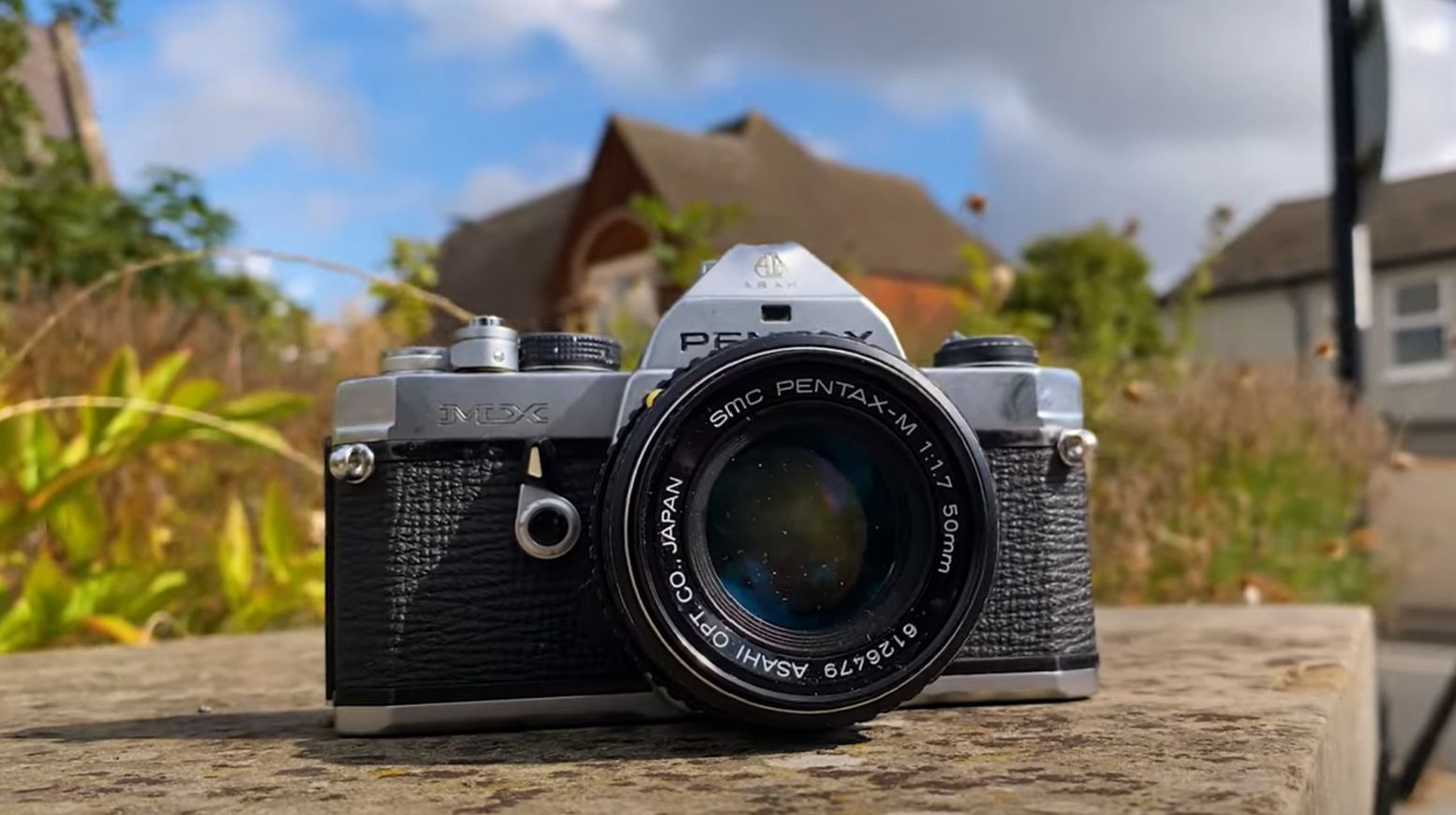
Why Go Vintage?
In our digital age, we’ve grown accustomed to snapping photos with reckless abandon, often without thought or intention. But when you’re limited to 24 or 36 exposures on a roll of film, every shot becomes a deliberate decision. This limitation can be liberating, forcing you to slow down and truly consider each composition.
The Allure of Manual Settings
One of the most gratifying aspects of the Pentax MX is its manual settings. There’s something inherently rewarding about measuring the light, setting the aperture, and dialing in the shutter speed yourself. It makes you an active participant in the image-making process, not just a bystander pressing a button. The MX doesn’t hold your hand; it challenges you to learn and improve with every frame.
Design and Build Quality: A Close Look
Compact Yet Durable
The MX might be one of the smallest mechanical SLRs ever made, but don’t let its size fool you. This camera is built like a tank. With its all-metal body, it can withstand the knocks and bumps of street photography or the rigors of travel. Its compact size also makes it unobtrusive, perfect for candid shots where a larger camera might draw too much attention.
Functional Aesthetics
The camera’s design is timeless, with a simplicity that belies its functionality. Knobs and dials provide direct control over the camera’s functions, offering a tactile experience that many modern digital cameras have moved away from. This analog approach to settings not only looks good but also makes for a more engaging shooting experience.
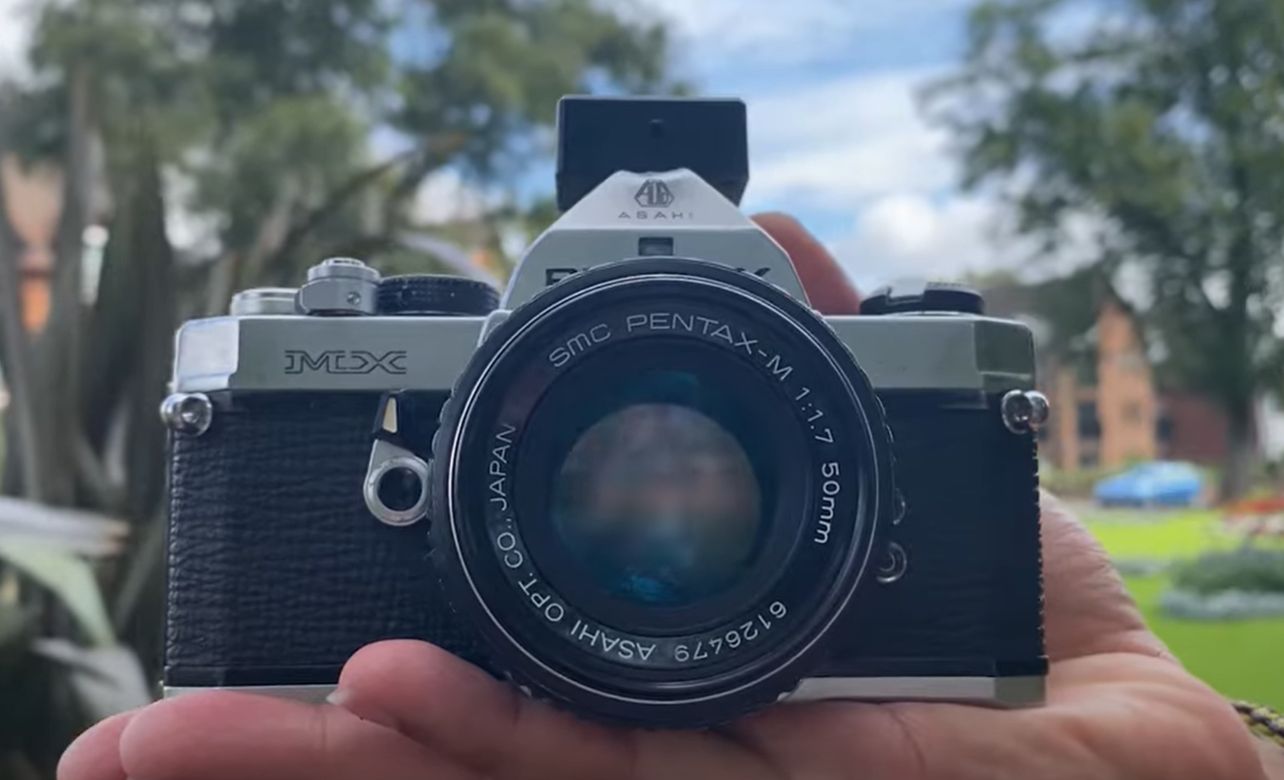
Performance Aspects: Taking it to the Streets
Understanding Exposure Through the Lens
Shooting with the MX means getting to grips with exposure. Unlike modern cameras with their myriad of automatic modes, the MX requires you to understand the relationship between light, shutter speed, and aperture. This understanding is crucial for street photography, where light can change rapidly, and you need to adjust settings on the fly. It’s a skill that will make you a better photographer, period.
Light Metering and Accuracy
The MX’s through-the-lens (TTL) light meter is renowned for its accuracy. It’s a simple yet effective tool that helps you gauge exposure without second-guessing. While some might see the lack of automatic exposure as a hindrance, it’s actually an opportunity to develop a keener eye for light—a skill that’s indispensable in photography.
If you are looking for a light meter, this article will help you decide.
Image Quality: The Proof Is in the Pictures


The Charm of Grain and Texture in Film
There’s an undeniable magic to film photography that digital sensors struggle to replicate. The grain and texture you get from a roll of film give your images character. The Pentax MX, with its precise mechanics, ensures that the film is transported and exposed with consistency, resulting in sharp, well-defined images. The way it renders light and shadow, the depth of the blacks, and the vibrancy of the colors contribute to a visual experience that’s both nostalgic and refreshing.

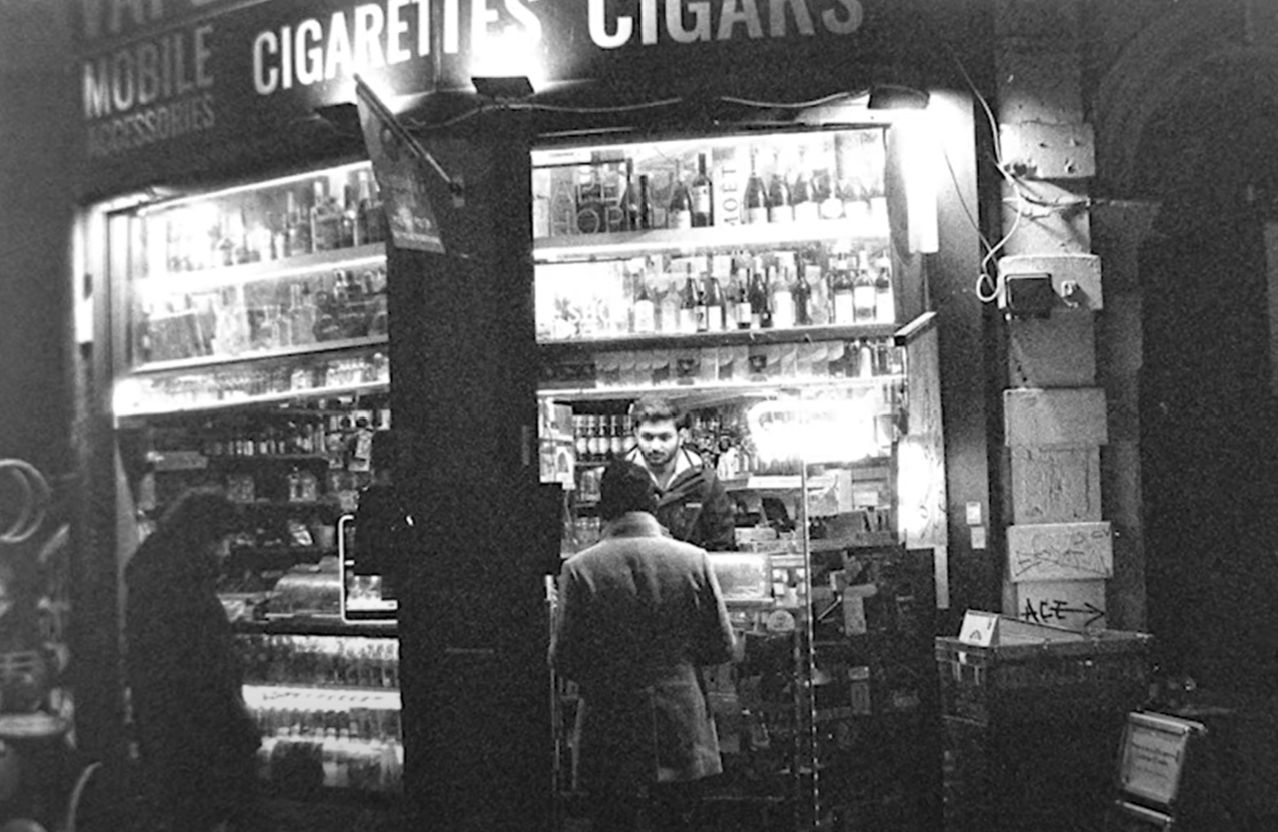
Lenses and Accessories: Expanding Your Creative Arsenal
Choose from a variety of compatible K-mount lenses.
Experiment with different focal lengths to discover your unique style.
Utilize lens filters to enhance colors or protect your lens.
Consider a sturdy camera bag for $30 to protect your Pentax MX and accessories.
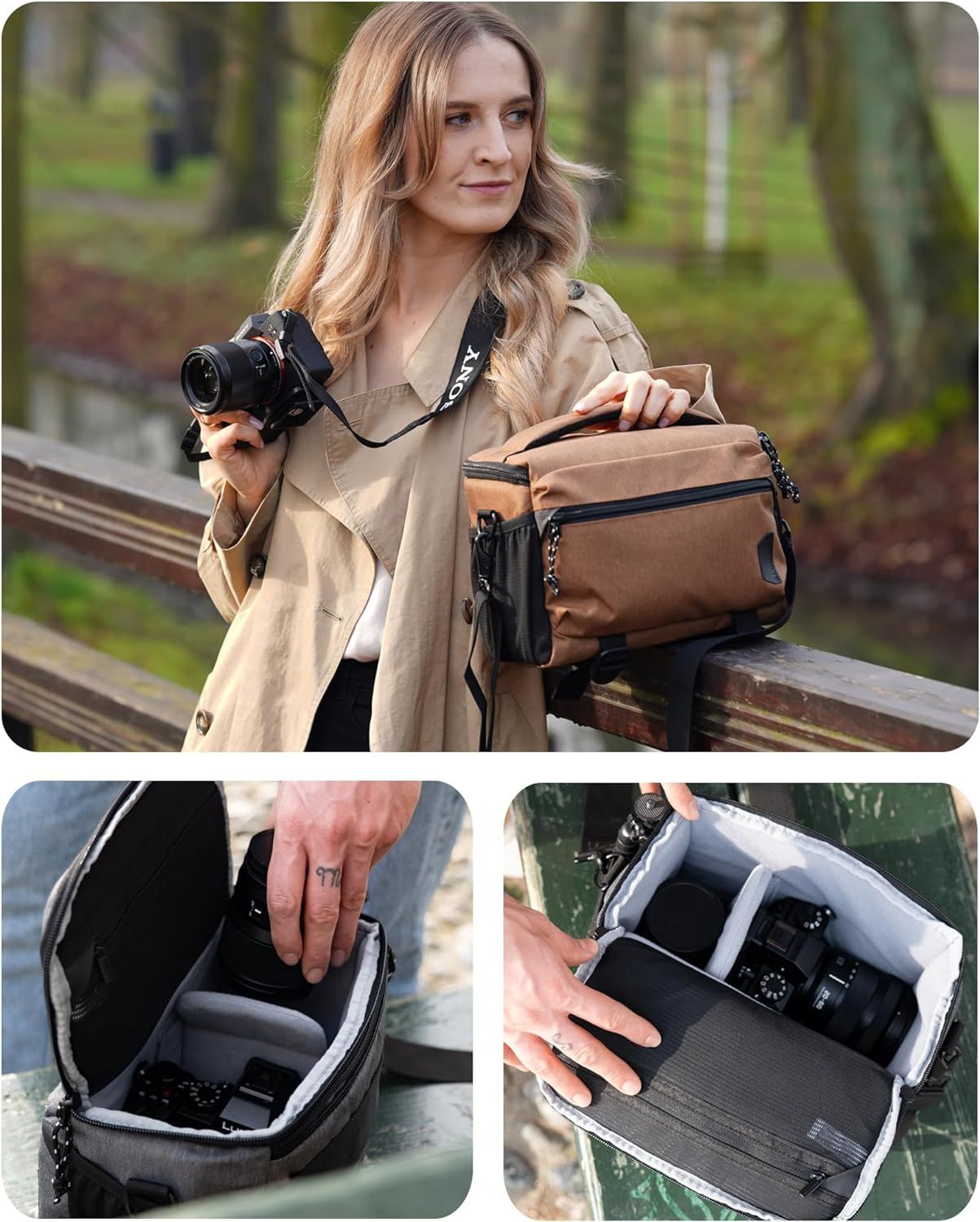
The Pentax MX opens up a world of creative possibilities with its range of compatible lenses. Whether you’re shooting landscapes, portraits, or street scenes, there’s a lens that fits the bill. The beauty of the K-mount system is its versatility, allowing you to switch between prime lenses for their sharpness and zoom lenses for their flexibility.
But it’s not just about lenses. The right accessories can elevate your photography game. A polarizing filter, for example, can help you capture vivid skies and reduce reflections. A sturdy camera bag will ensure your MX is always ready for action. These are the tools that complement your vision and help you capture the world as you see it.
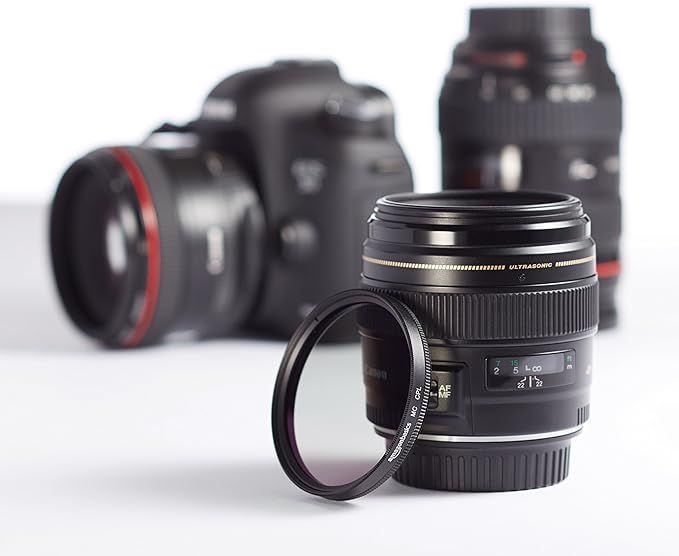
Prime lenses offer superior sharpness and larger apertures.
Zoom lenses provide convenience and compositional flexibility.
A prime lens, like the 50mm f/1.4, is a classic choice for the MX. It’s perfect for portraits with its ability to create a creamy bokeh, separating your subject from the background. If you’re more into street photography, a wider prime lens might be your ally, giving you the ability to capture scenes with context.

Accessorize to Maximize: From Cases to Filters
Don’t overlook the importance of accessorizing your Pentax MX. A good leather case not only protects your camera but also adds to the vintage aesthetic. Filters can help you manage tricky lighting conditions, like a neutral density filter for shooting in bright sunlight. Remember, each accessory serves a purpose, and selecting the right ones can greatly impact your photography.

User-Friendly Features for Amateurs and Pros
While the Pentax MX might seem daunting at first, it’s user-friendly in its simplicity. There are no convoluted menus or touchscreens, just straightforward mechanical controls. This makes it an excellent teacher for amateurs who want to learn the ropes of manual photography.
Pros will appreciate the MX for its reliability and the control it offers. It’s a camera that responds to your expertise, allowing you to execute your vision without interference from automated systems.

Starting Out: Tips for Beginners
If you’re new to the Pentax MX, or film photography in general, here are a few tips to get you started. To ensure you’re well-prepared, familiarize yourself with the Sunny 16 rule in film photography; it’s a fundamental concept that will greatly enhance your shooting experience.
Start with a 50mm prime lens. It’s versatile and forces you to move and think about your composition.
Invest in a handheld light meter until you’re comfortable using the MX’s built-in meter.
Shoot in different lighting conditions to understand how film reacts to light.
Don’t be afraid of making mistakes. Each roll of film is a learning opportunity.
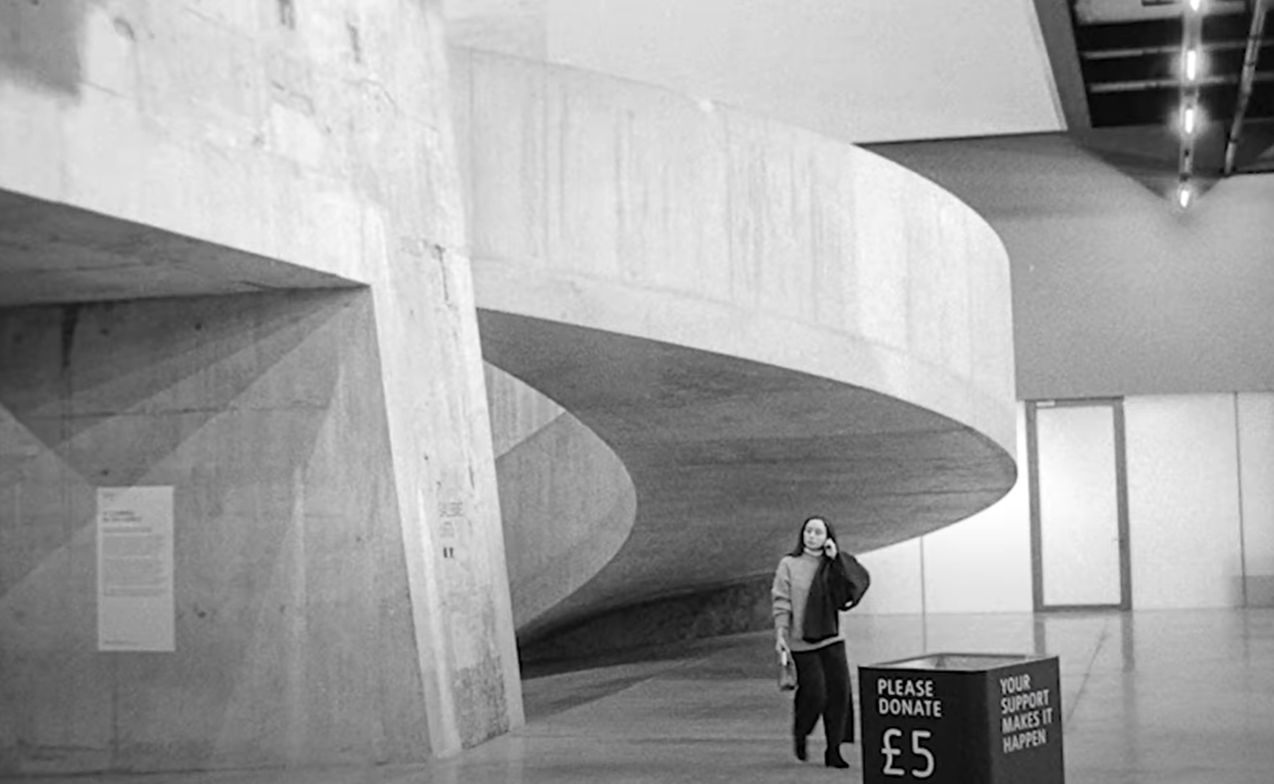
Advanced Techniques for Seasoned Photographers
For the experienced photographer, the Pentax MX is a tool to push boundaries. Try experimenting with push and pull processing to manipulate the grain and contrast of your film. Use the depth of field preview button to accurately gauge what will be in focus. Push yourself to try new compositions and subjects that challenge your usual style.
Maintaining Your Pentax MX: Tips and Tricks
Regular Cleaning Routines
Like any cherished tool, the Pentax MX requires regular maintenance to perform its best. Keep the lens and viewfinder clean with a cleaning kit to ensure clarity in your shots. Occasionally check the camera’s foam seals and shutter curtains for signs of wear. A well-maintained MX can be a lifetime companion, producing stunning images for years to come.
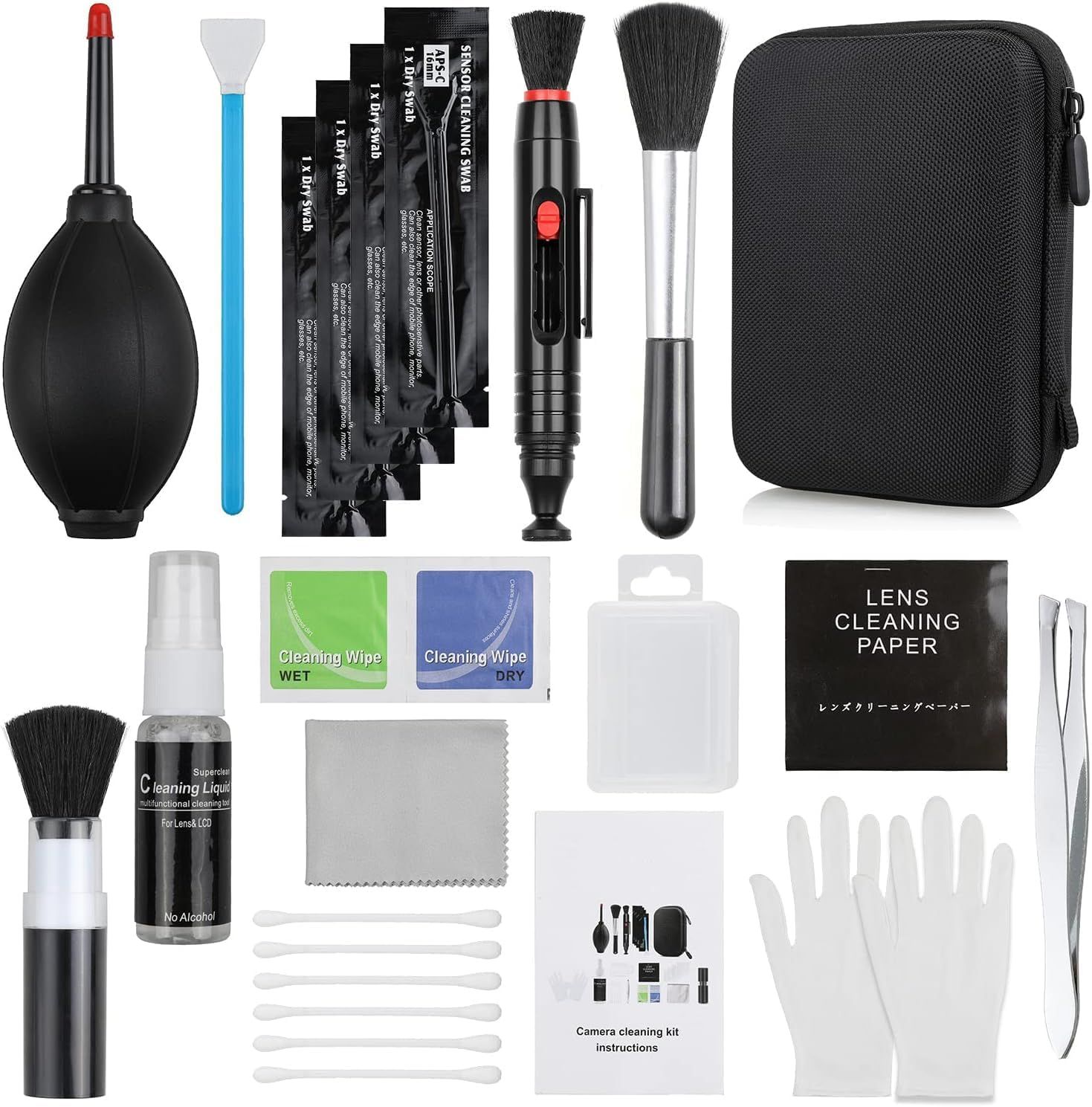
Regular Cleaning Routines
To keep your Pentax MX in top condition, regular cleaning is essential. Use a soft brush or air blower to remove dust from the body, and a microfiber cloth for the lens to avoid scratches. Clean the mirror gently with a cotton swab, but be cautious as it’s extremely delicate.
Table of Pros and Cons
|
Pros |
Cons |
|---|---|
|
Compact and durable design |
Steep learning curve for beginners |
|
Manual settings encourage skill development |
Film and development can be costly over time |
|
Exceptional light meter accuracy |
Limited to film’s ISO sensitivity |
|
Interchangeable lenses for versatility |
Requires regular maintenance |
|
Emotional and nostalgic experience |
No immediate feedback like digital cameras |
Advantages of Choosing the Pentax MX
Opting for the Pentax MX is a decision to engage deeply with the art of photography. Its fully manual operation encourages you to understand the nuances of exposure, composition, and timing. The satisfaction of manually focusing a lens and the anticipation of developing film are experiences that digital photography can’t replicate. Moreover, the MX’s robust build and timeless design make it a reliable companion for all your photographic adventures.
Considerations Before Committing to Film
Before diving into the world of film photography with the Pentax MX, consider the ongoing costs of film and development, which can add up. Also, think about the learning curve associated with manual photography. However, these considerations are often outweighed by the incomparable joy and fulfillment that come from creating images with this classic camera.
FAQs
Can the Pentax MX Operate Without a Battery?
Yes, the Pentax MX can operate without a battery. The battery is primarily used to power the light meter, but the camera’s mechanical shutter functions independently. This means you can still take photos even if the battery dies, as long as you can manually determine the correct exposure.
What Type of Film is Best for the Pentax MX?
The Pentax MX is compatible with all 35mm film types. Your choice of film depends on your desired aesthetic and the lighting conditions you’ll be shooting in. For beginners, a 400 ISO film is versatile for various situations. Experiment with different films to find the look that resonates with your creative vision.
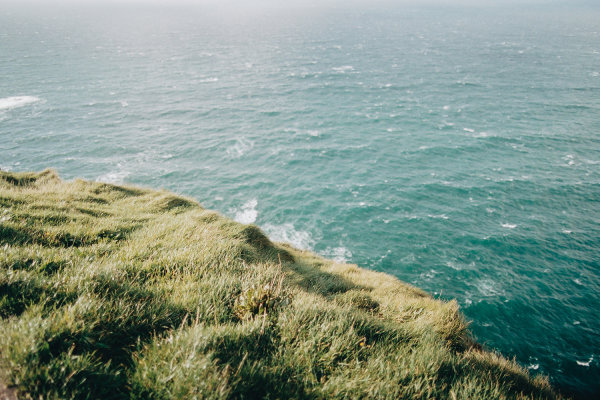



Leave a Reply